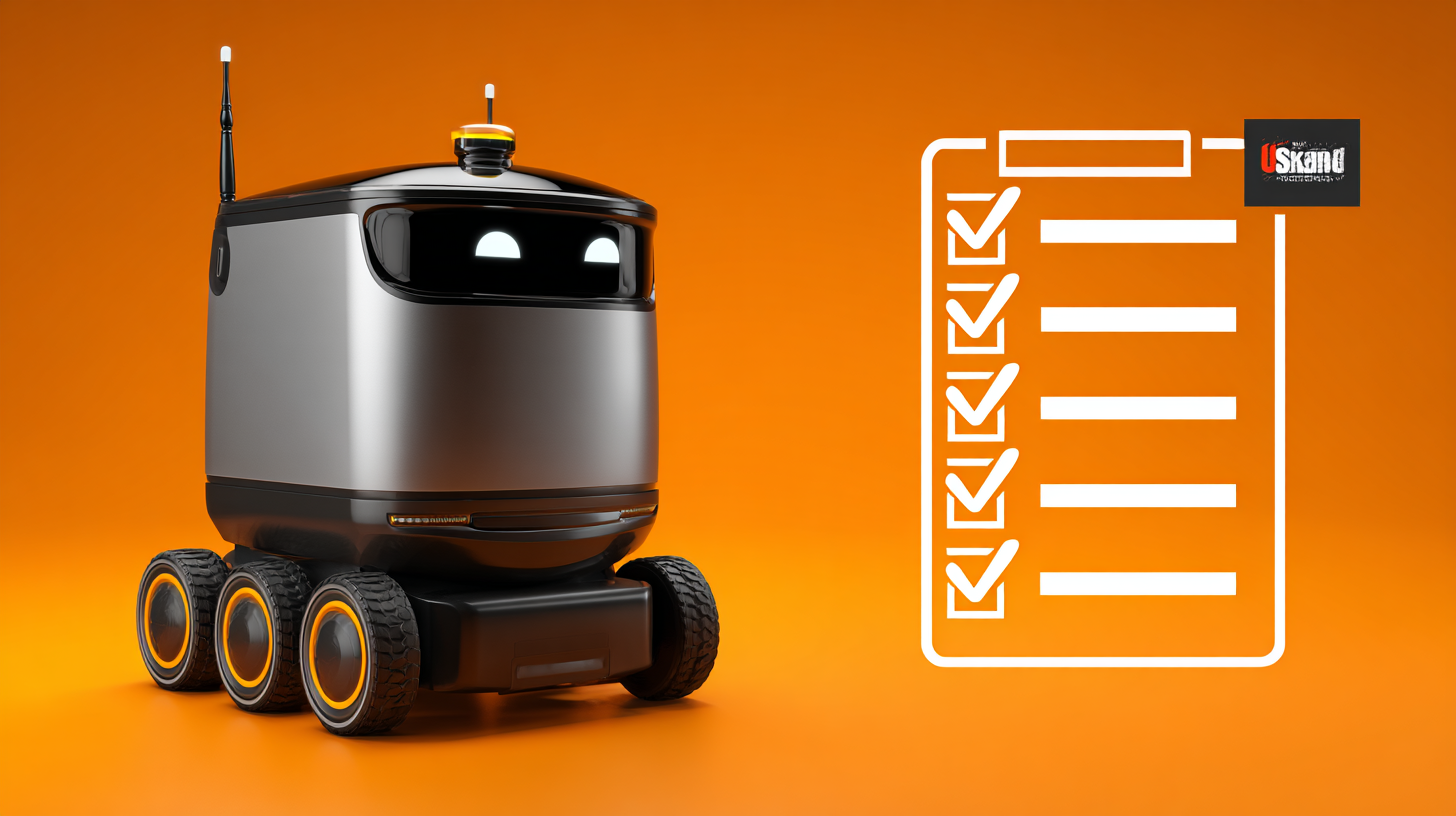Industries
Applications
-
Download Center
Get the latest software and firmware to keep your robots up to date. -
Academy serviceLevel up your automation with robotics training sessions.
-
Customer Service
Get dedicated support you need to optimize Dobot robots. -
FAQ
Common questions answered here.
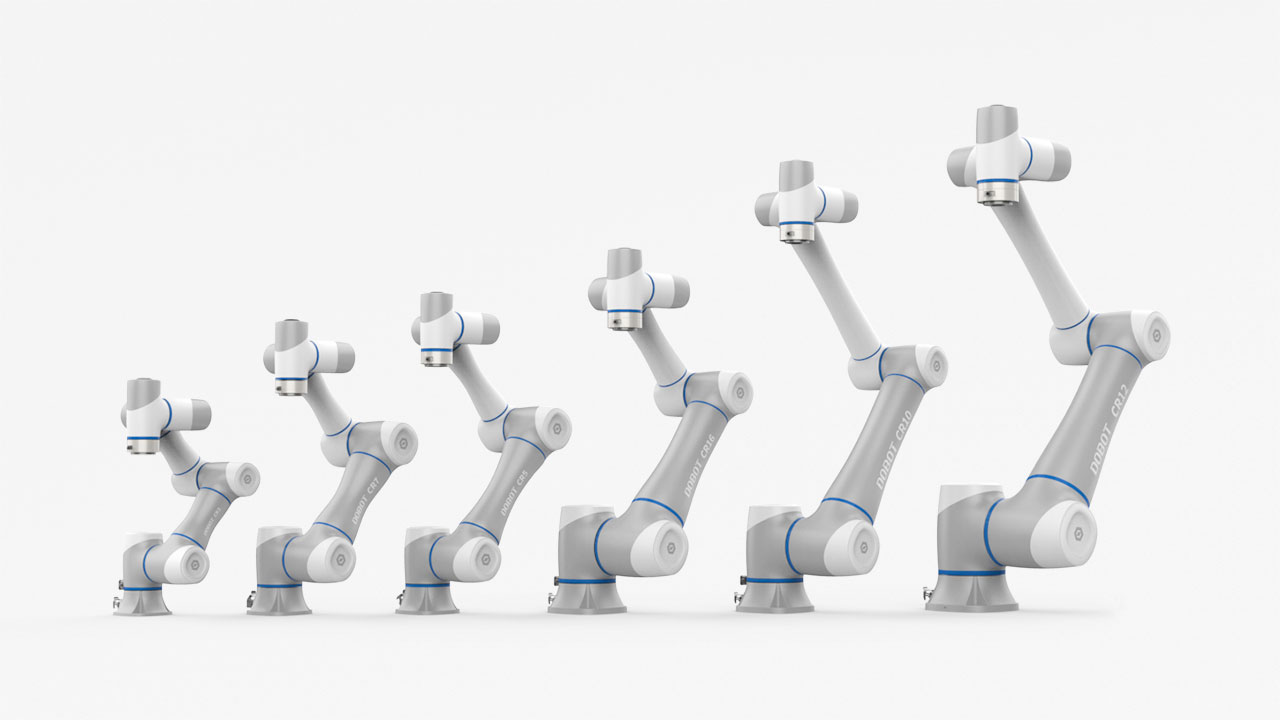
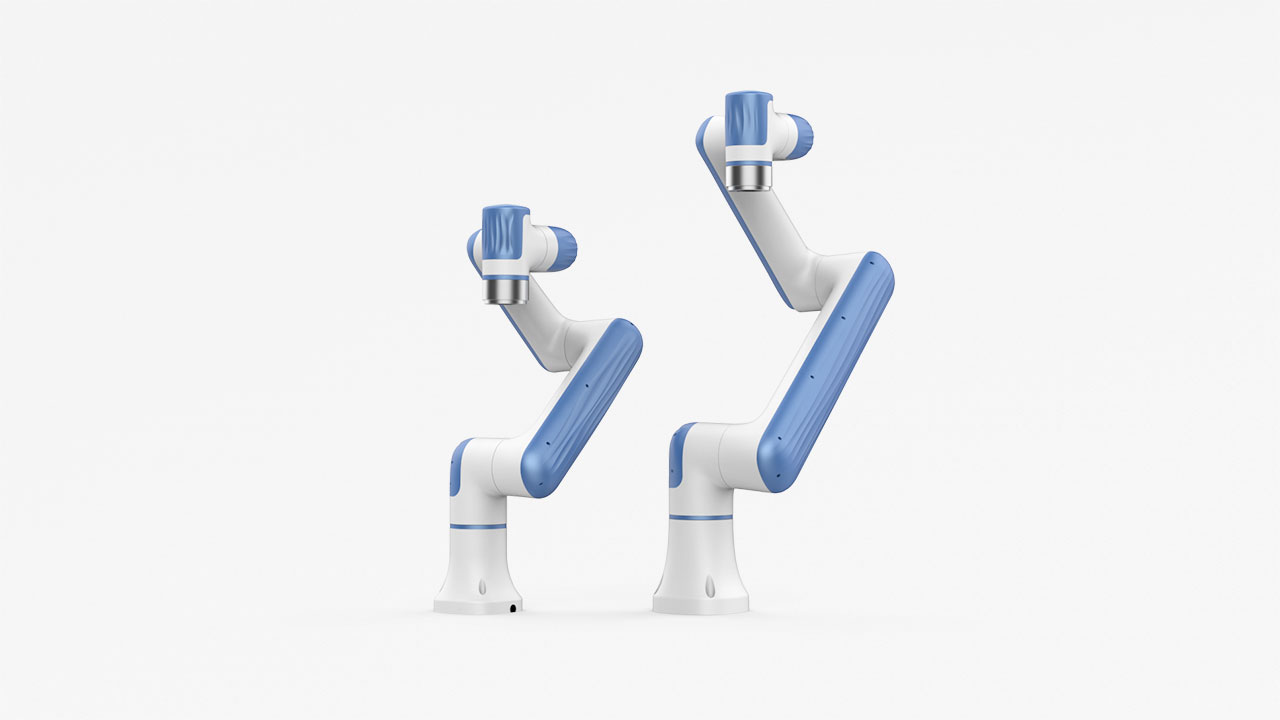
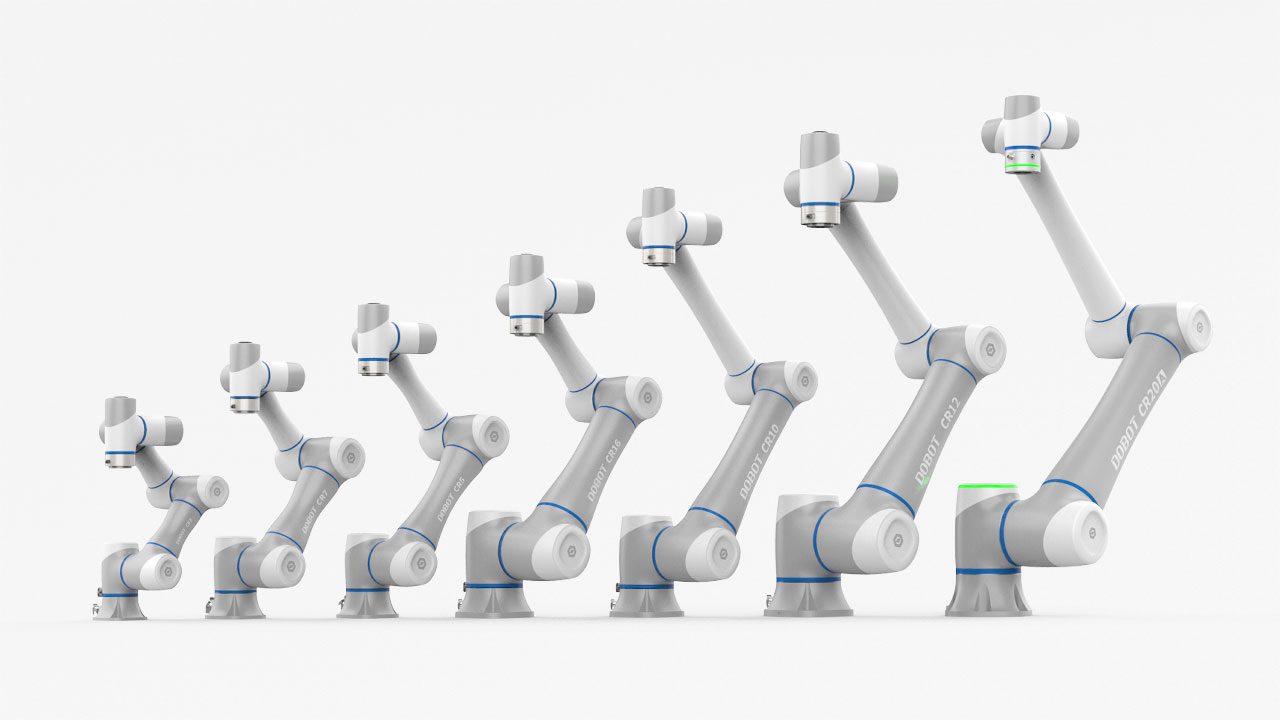
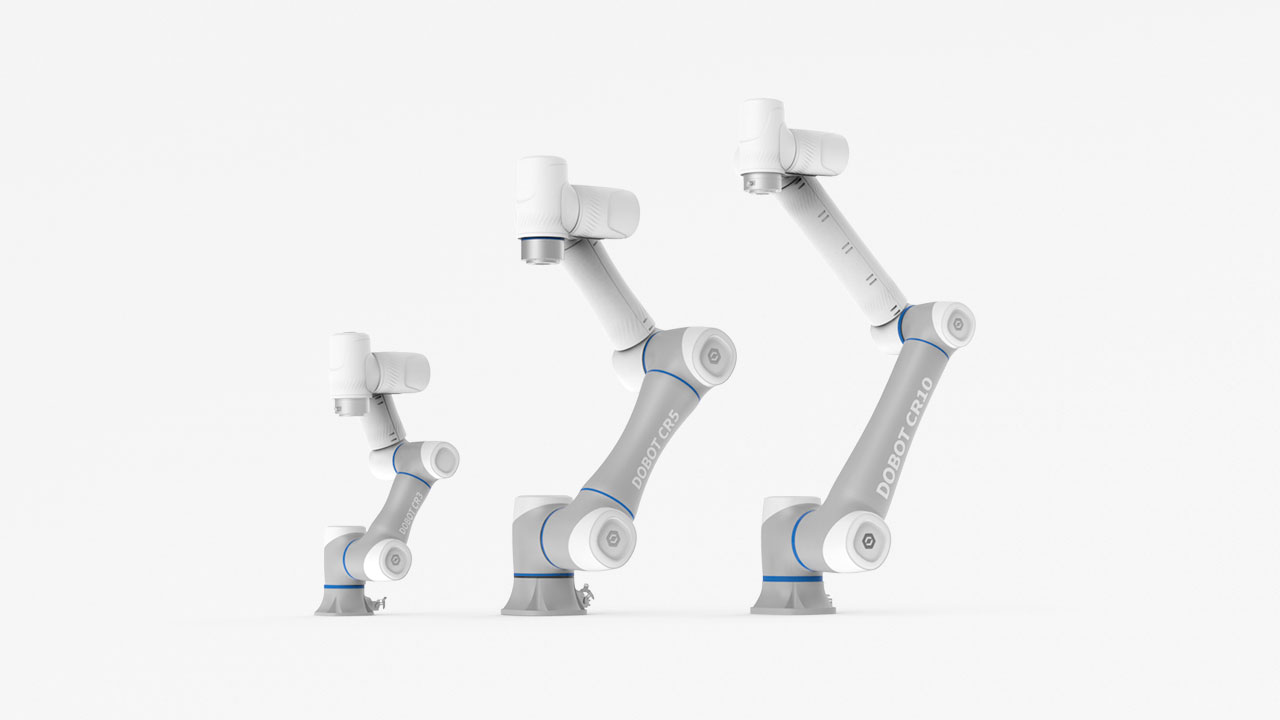
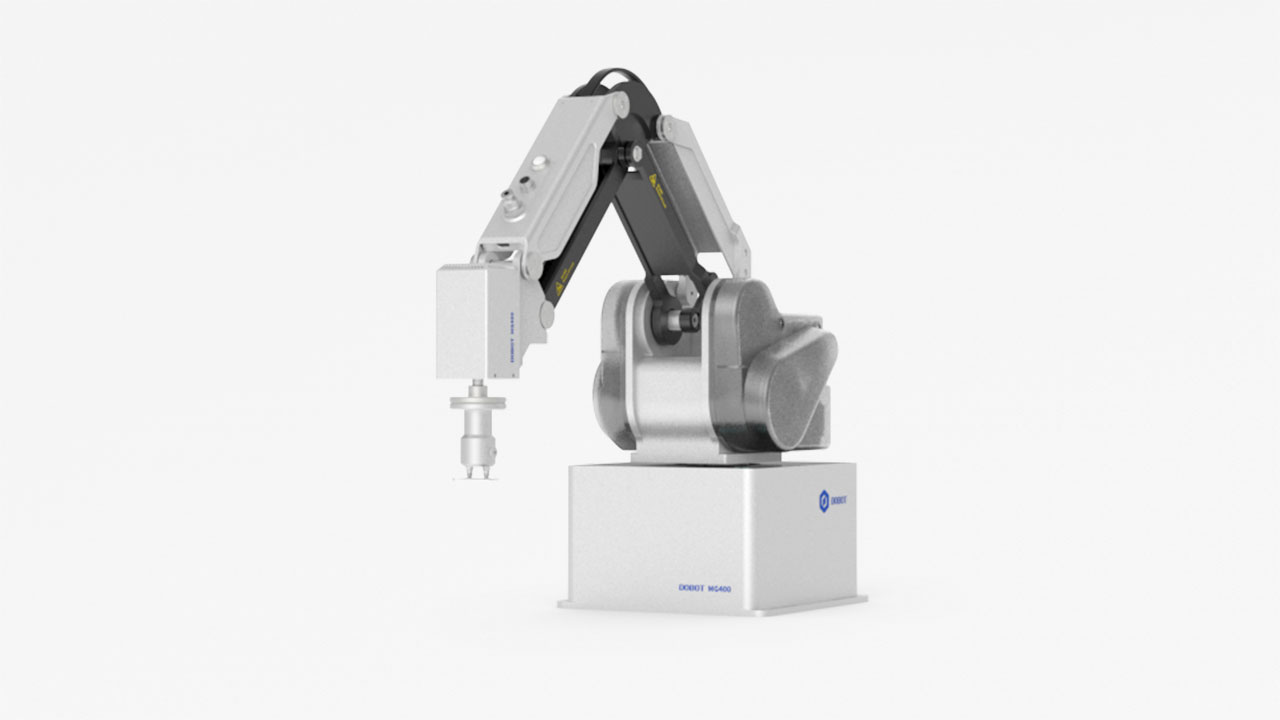
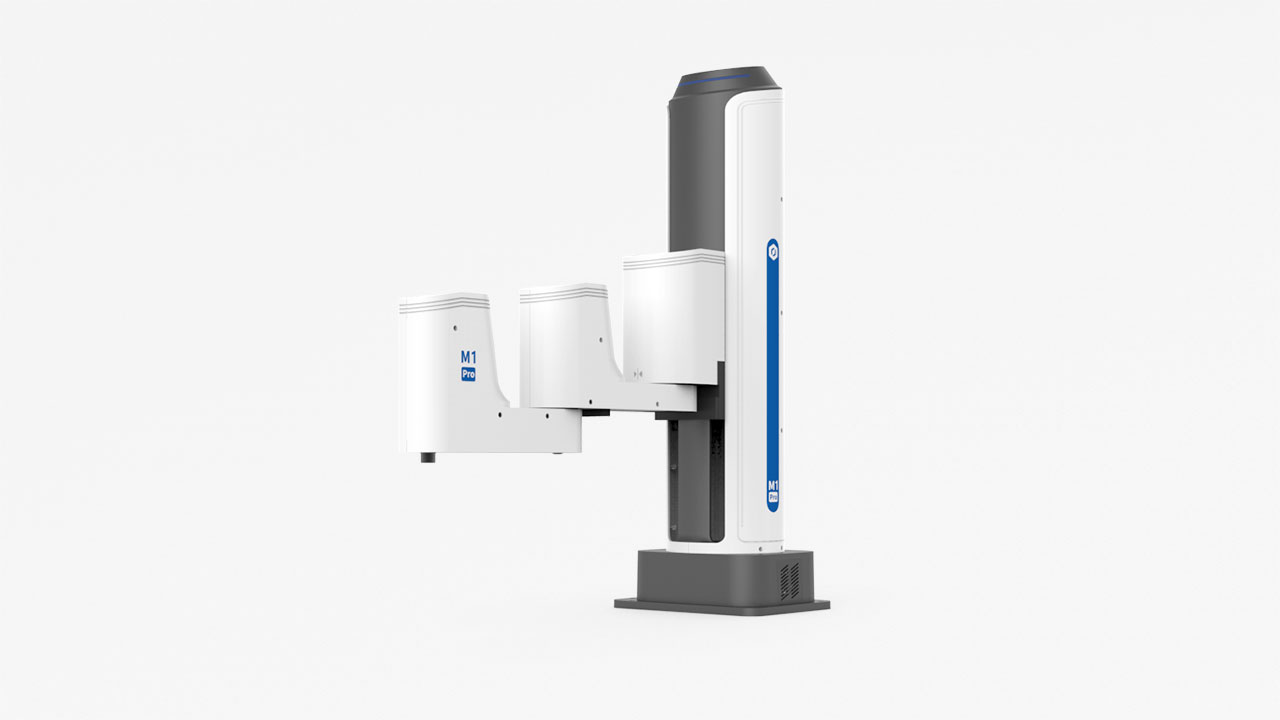

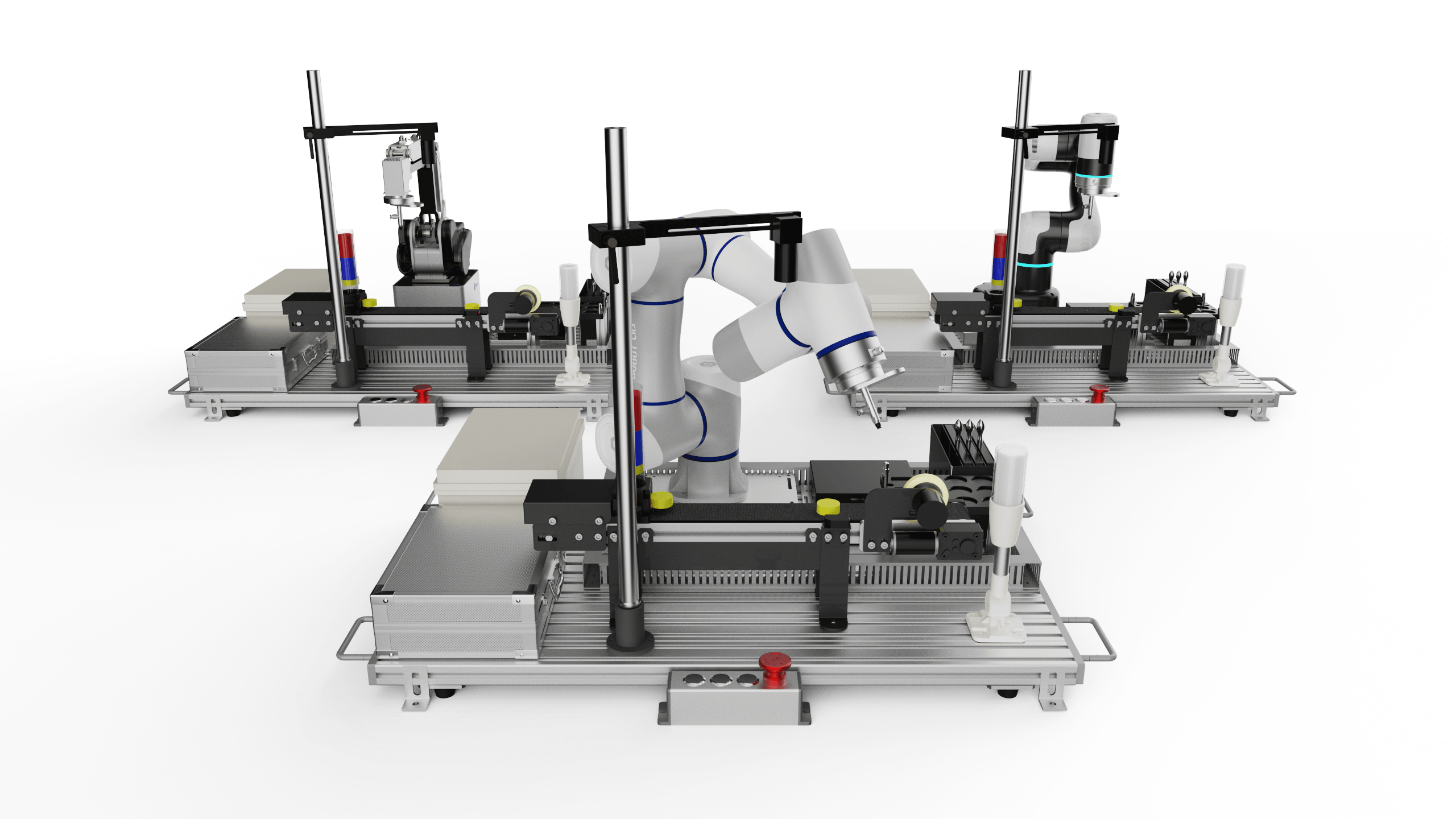

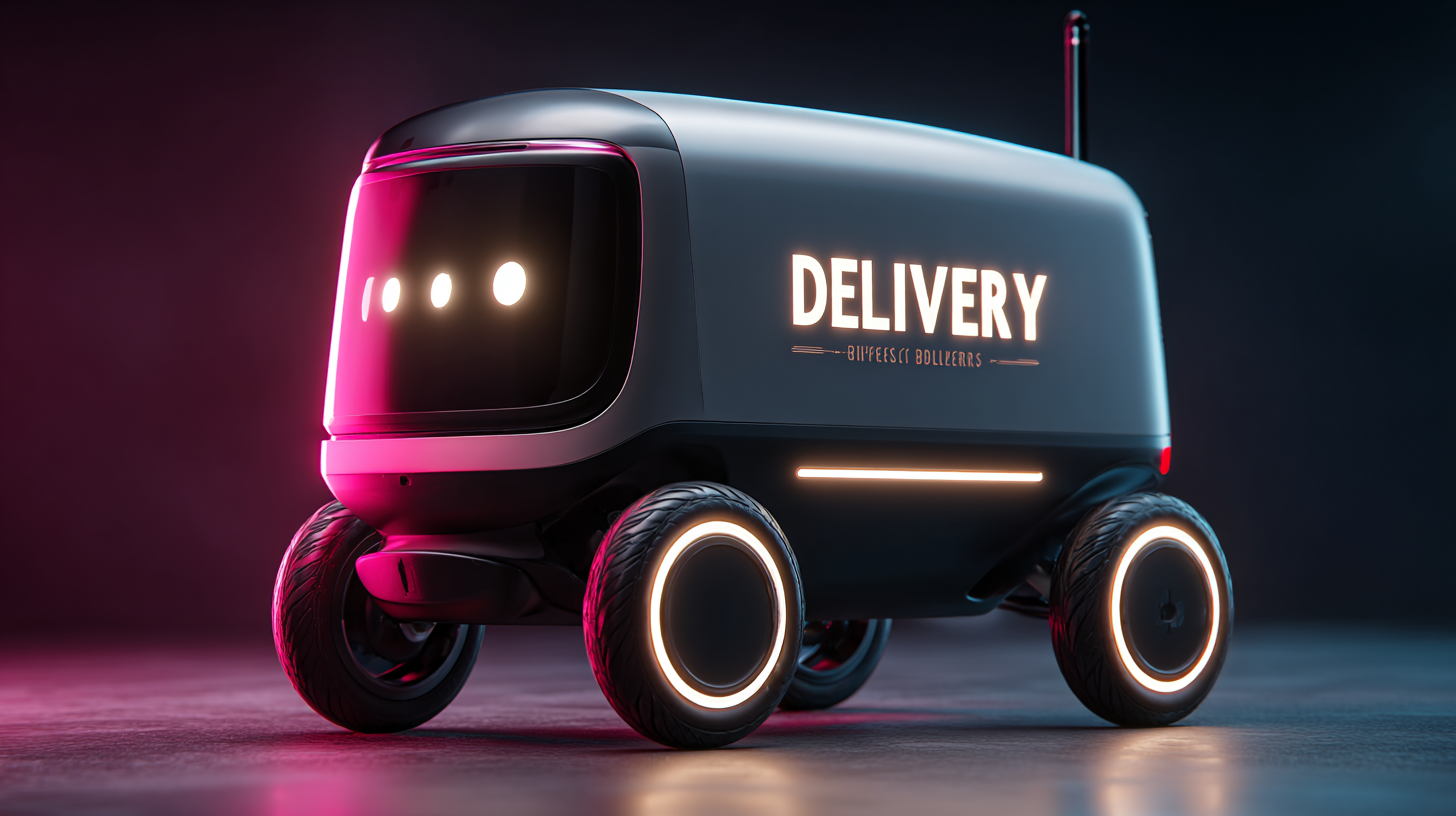
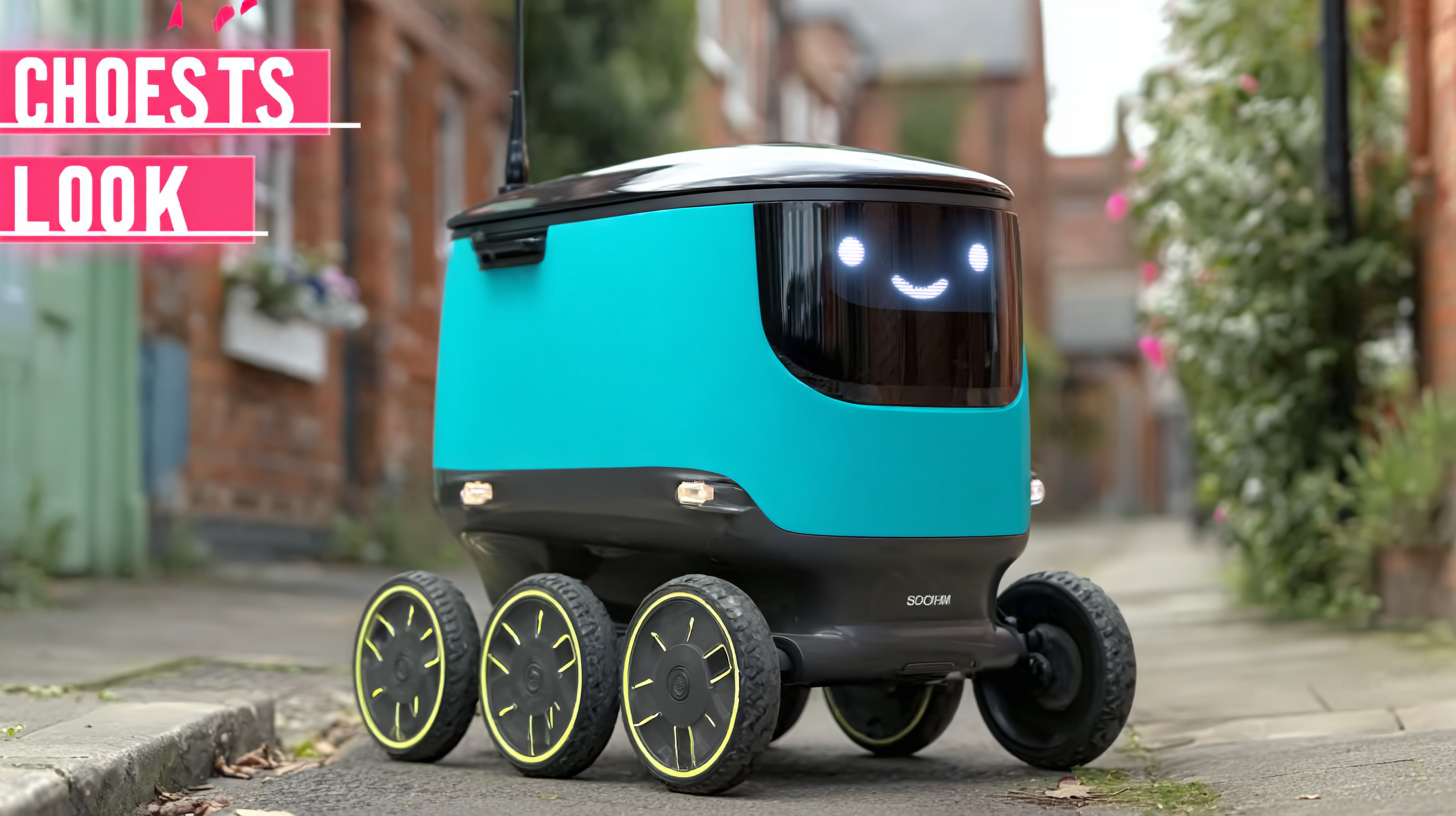 When selecting the best delivery robot for your business, integration capabilities should be at the forefront of your decision-making process. A delivery robot's compatibility with existing logistics systems is crucial for seamless operations. Consider how the robot will communicate with your
When selecting the best delivery robot for your business, integration capabilities should be at the forefront of your decision-making process. A delivery robot's compatibility with existing logistics systems is crucial for seamless operations. Consider how the robot will communicate with your 